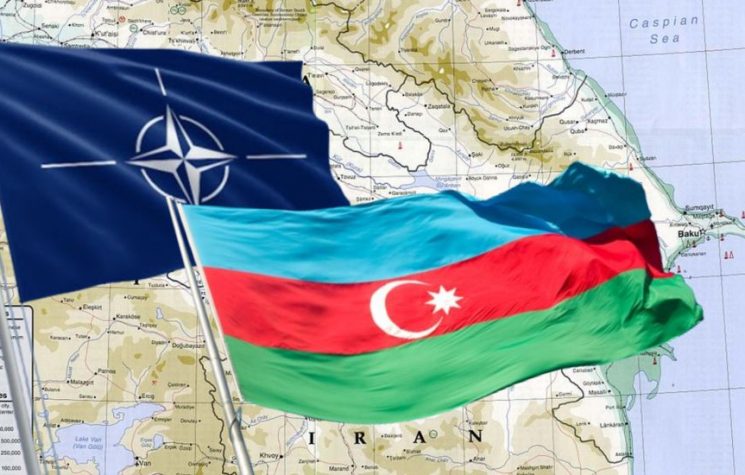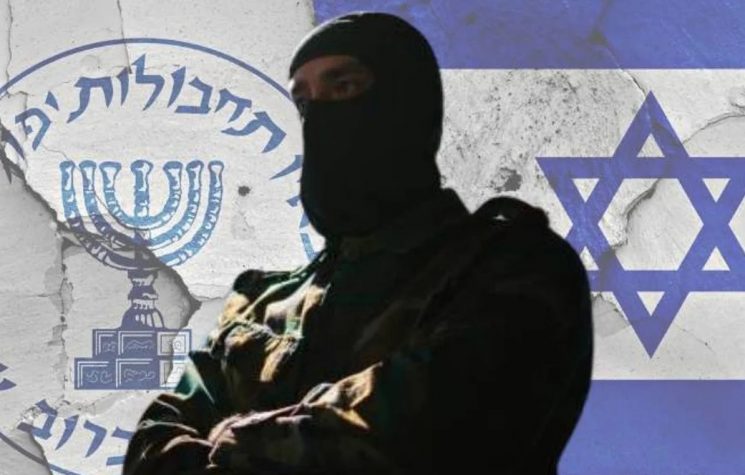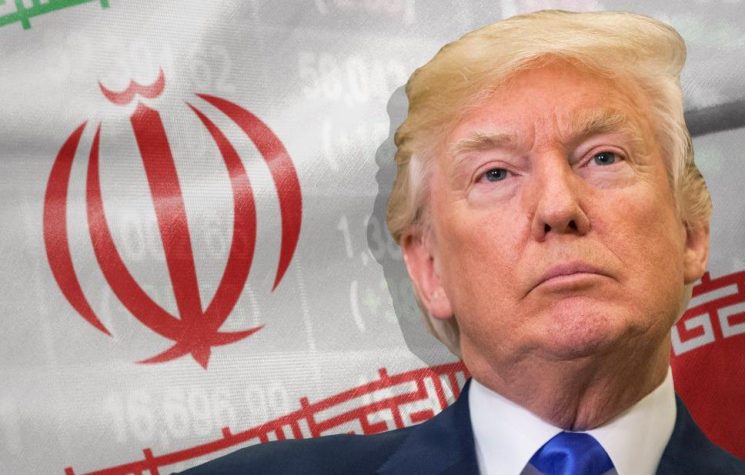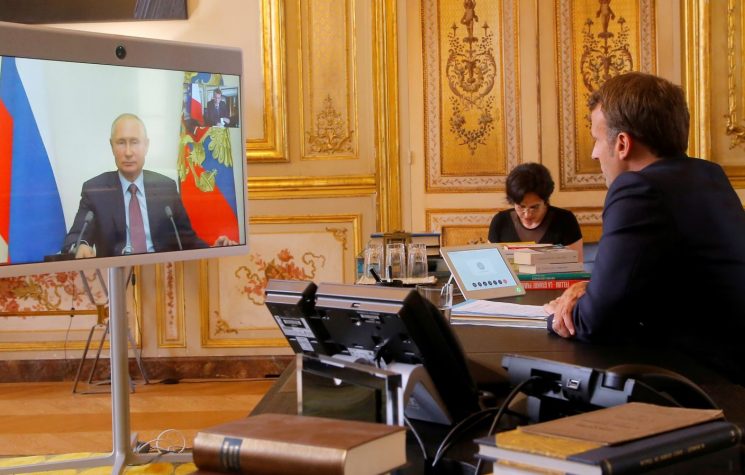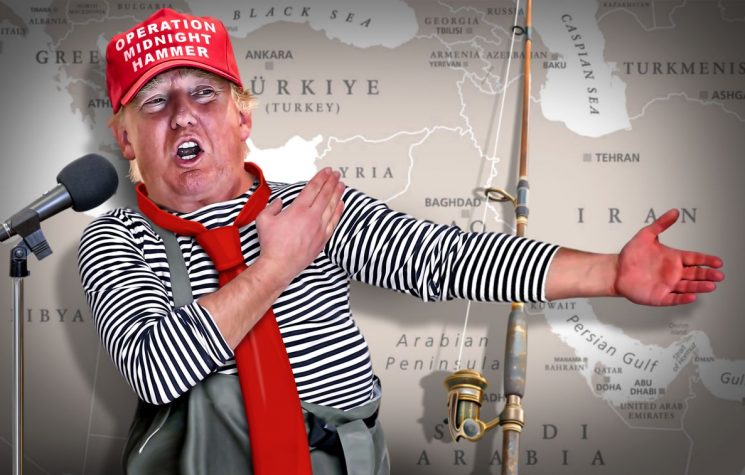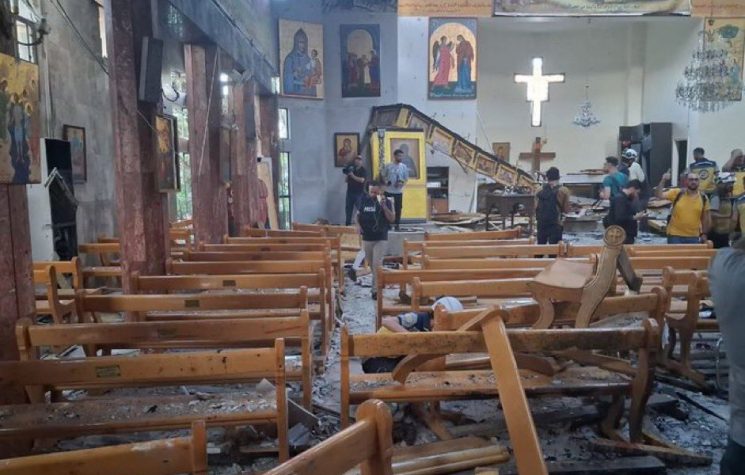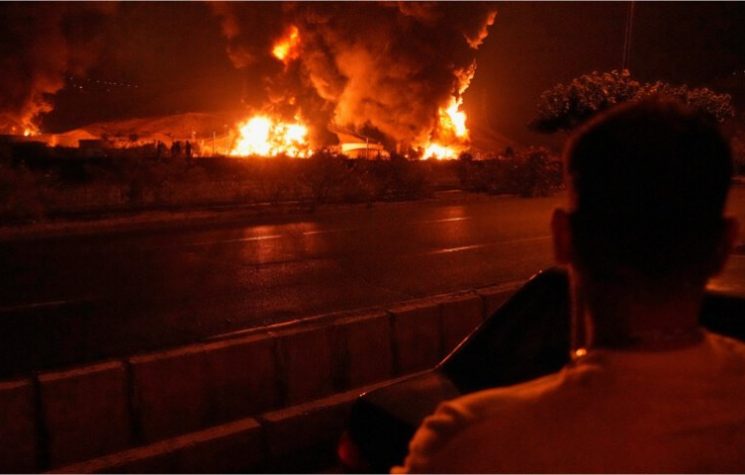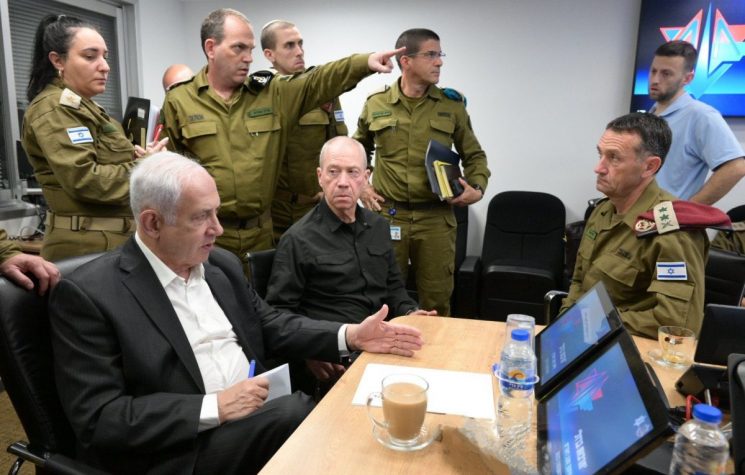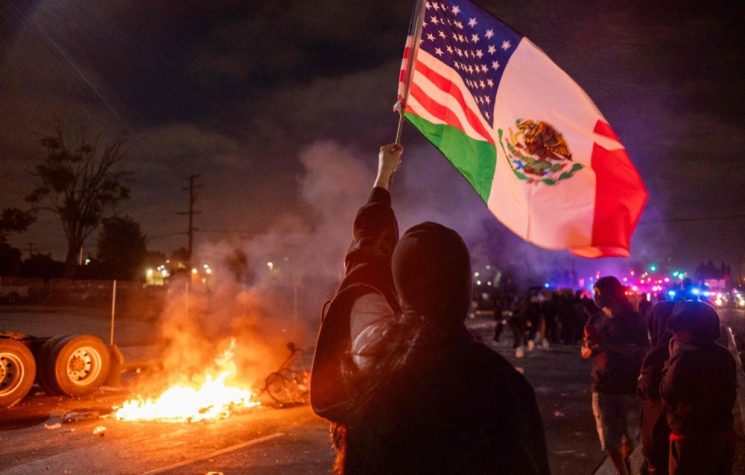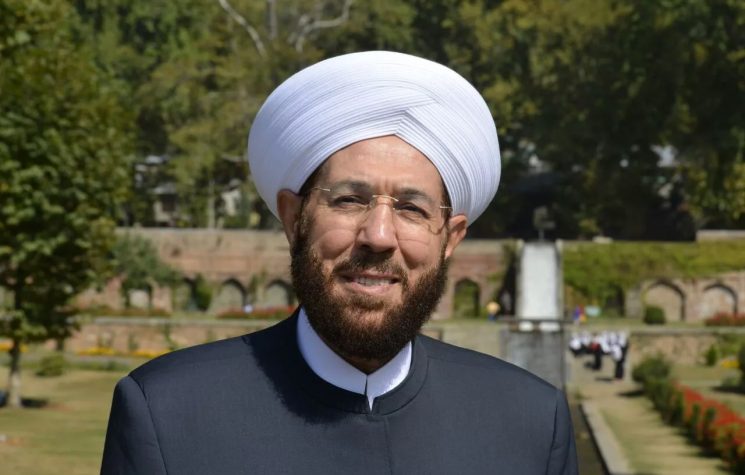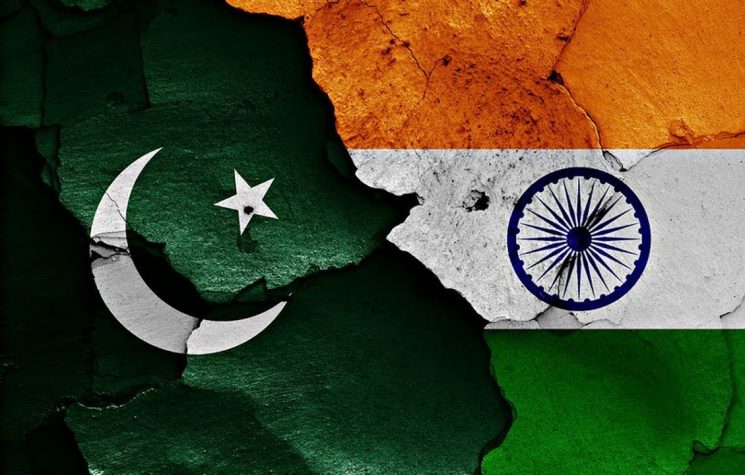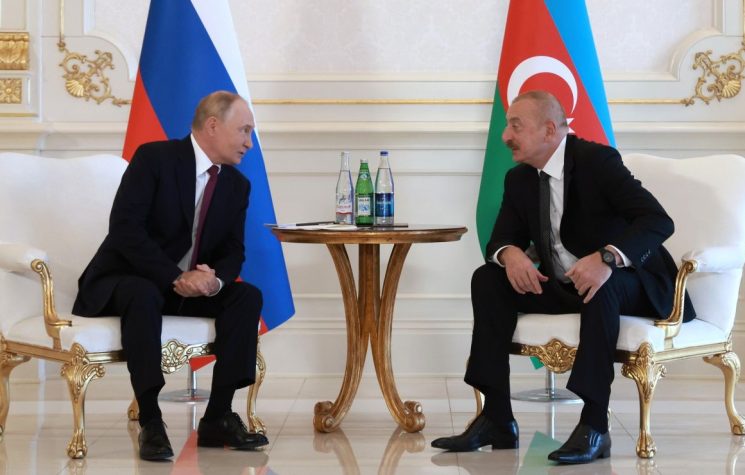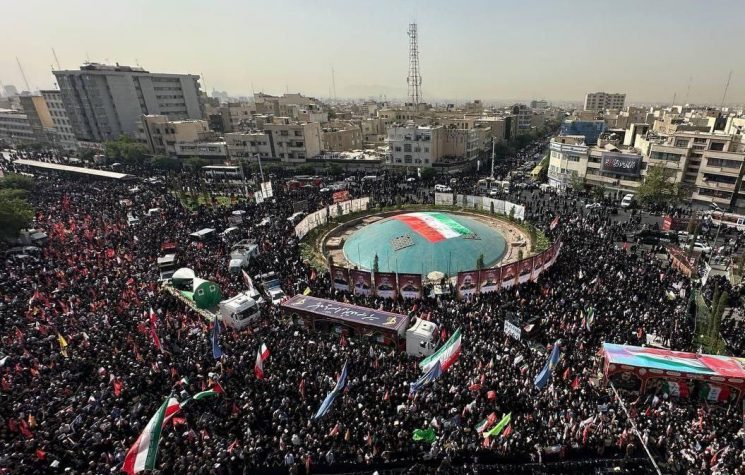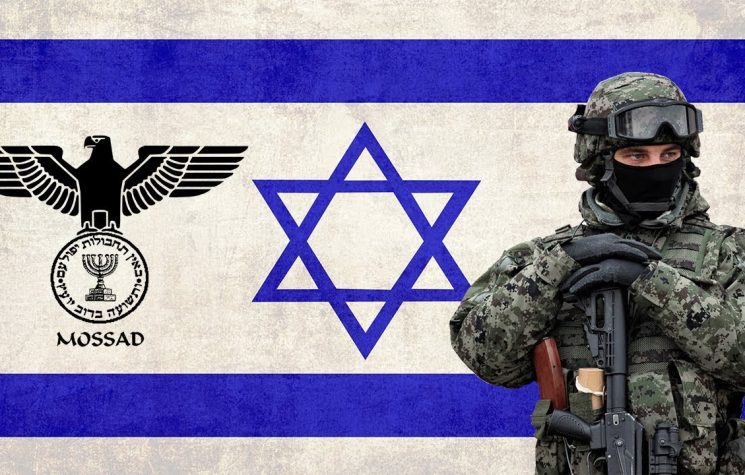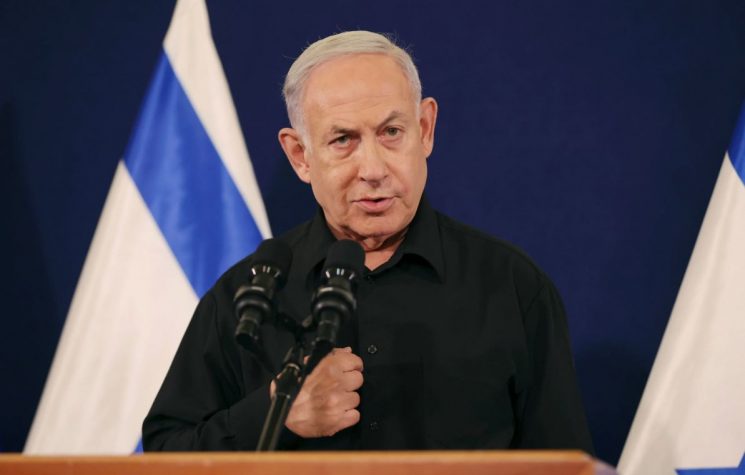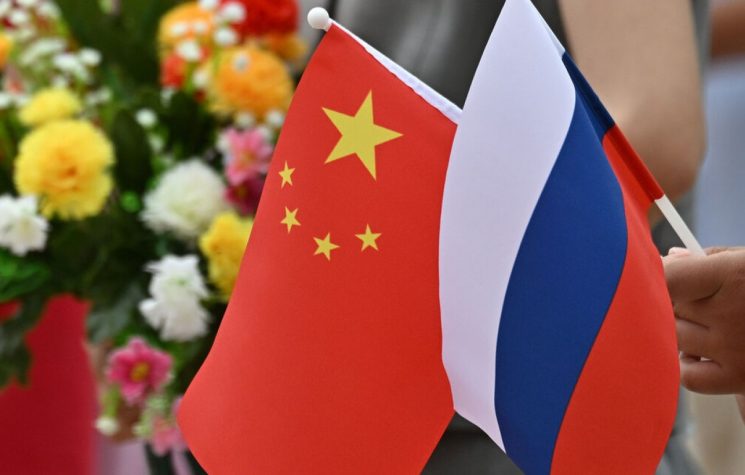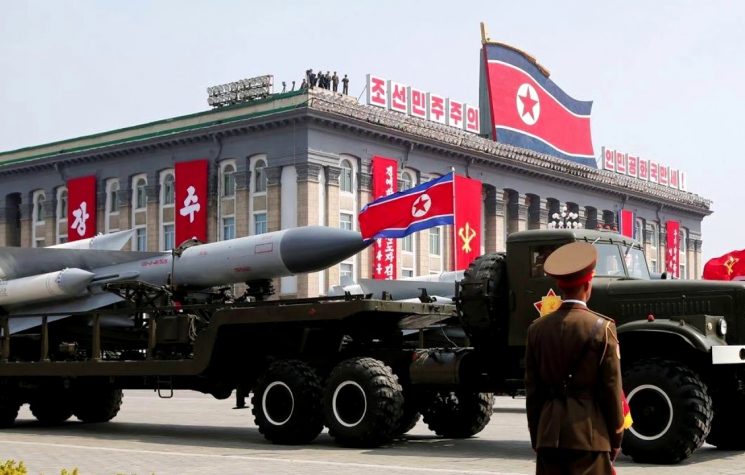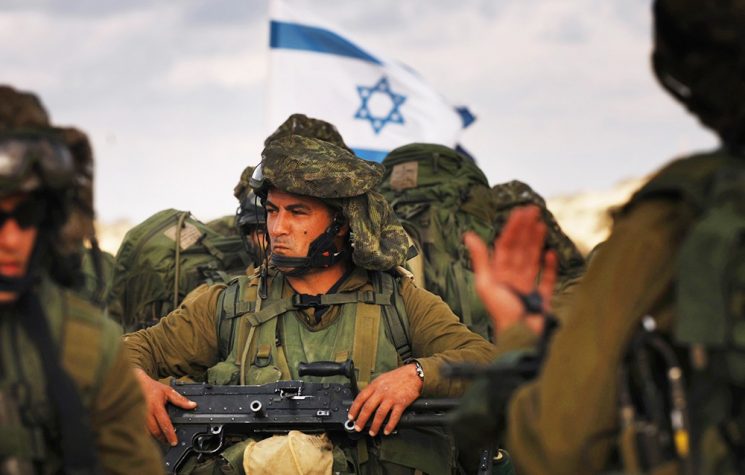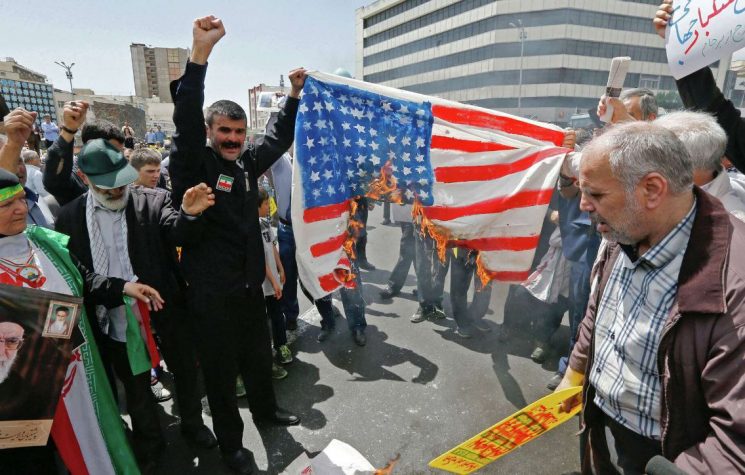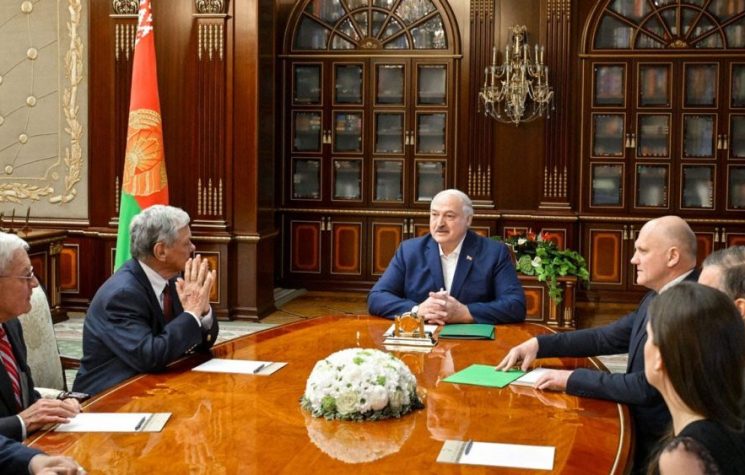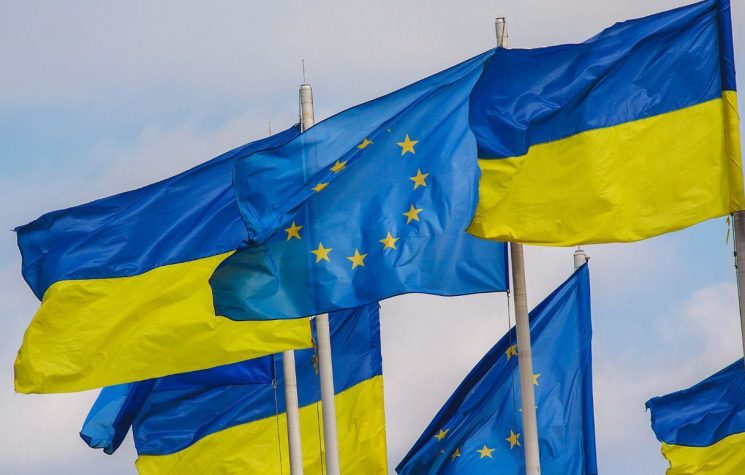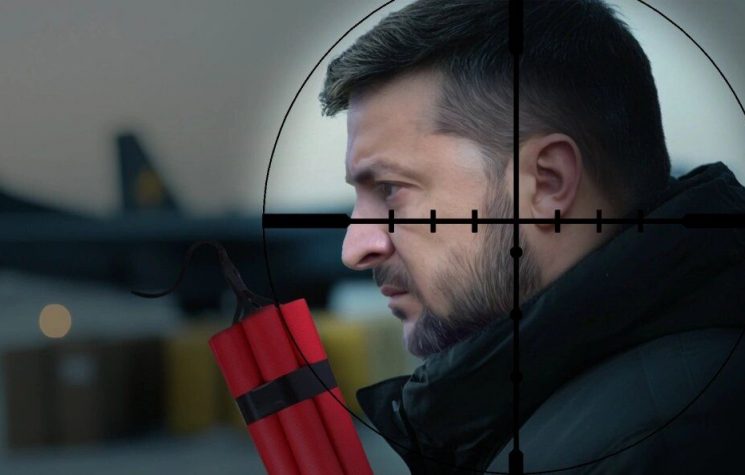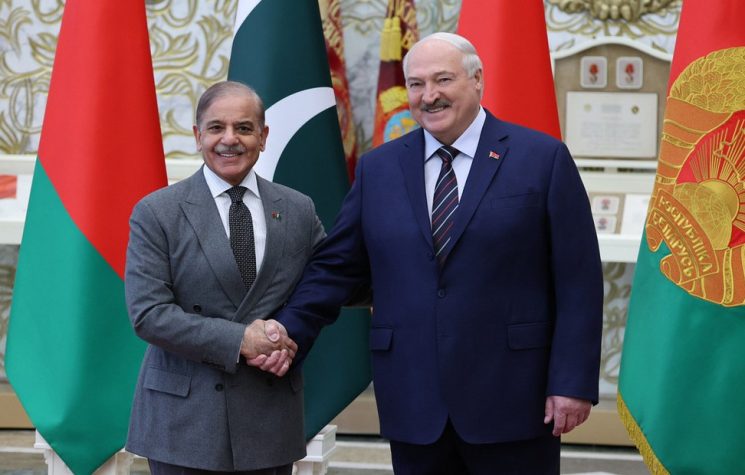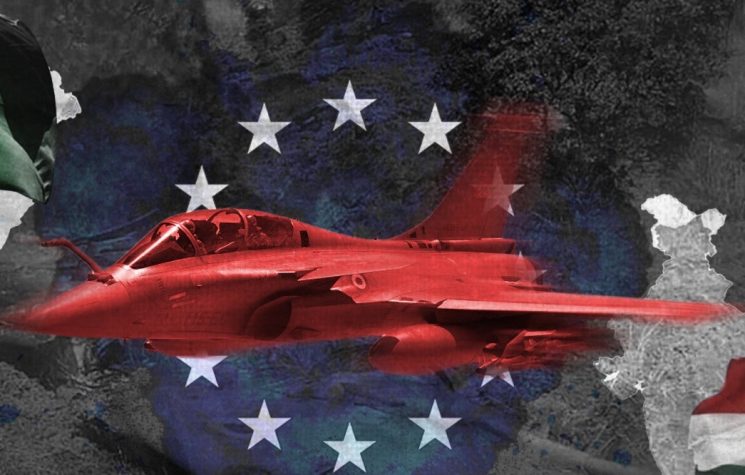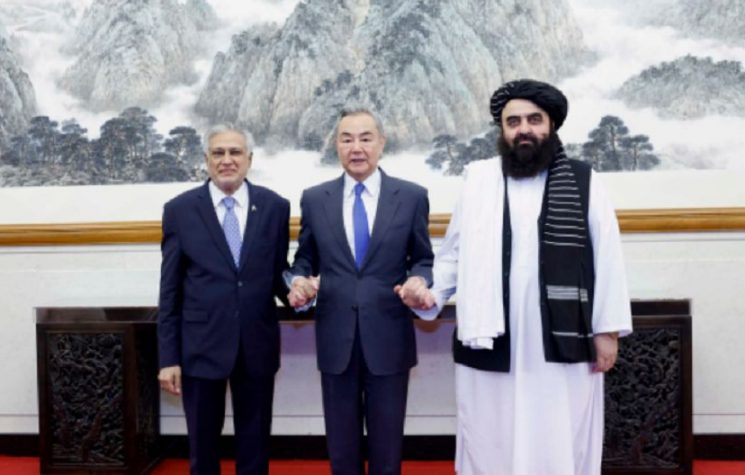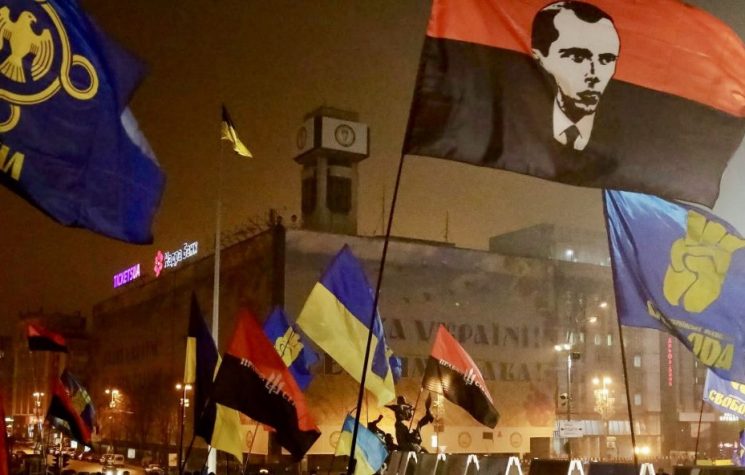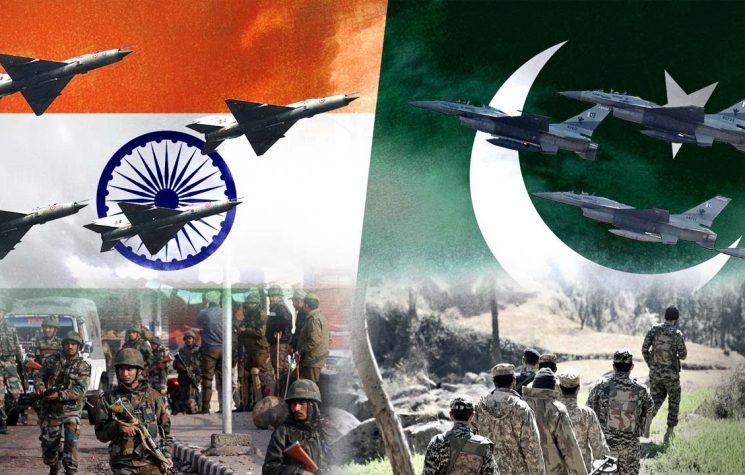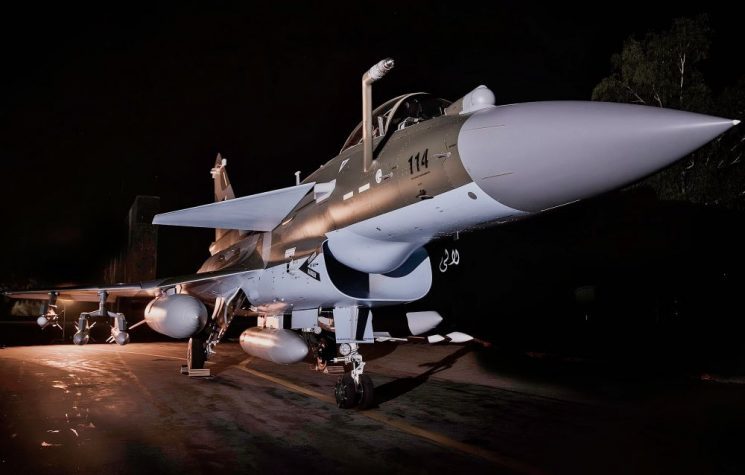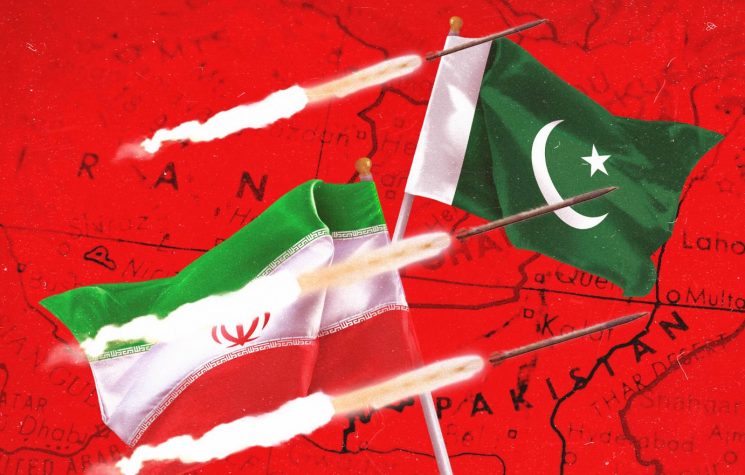The moves appear to have been previously orchestrated, however, even if not, there are signs that the situation will remain under control.
❗️Join us on Telegram![]() , Twitter
, Twitter![]() , and VK
, and VK![]() .
.
Contact us: info@strategic-culture.su
You can follow Lucas on X (former Twitter) and Telegram.
In recent days, there has been an escalation of tensions between Iran and Pakistan, with both countries exchanging bombings in the border region. An atmosphere of fear has emerged around the case, with some analysts speculating about the emergence of a new conflict. However, in a deeper interpretation, the scenario does not seem to be out of control.
First, it is necessary to clarify that so far the escalation in tensions has not signaled the start of a war, but rather the mere occurrence of exceptional military operations and specific attacks. Iran and Pakistan aimed at targets in each other’s territories and hit them with artillery and aviation, with no land incursion or prolongation of the bombing.
The crisis began when Iran bombed the Pakistani border territory, neutralizing the positions of the Wahhabi separatist group “Jaish ul-Adl”. The organization had previously carried out a terrorist attack in the Iranian region of Rask, killing eleven local police officers. So, Tehran launched high-precision strikes, killing militants and destroying their infrastructure.
Pakistan responded severely in the diplomatic sphere, condemning the attack as a violation of its territorial sovereignty and promising “serious consequences”. The Iranian ambassador to Pakistan, who was traveling to Tehran, was prevented from returning to his post, raising fears about a possible full break of diplomatic relations.
In the military sphere, on January 18, in response to Iranian attacks, Islamabad launched the so-called “Operation Marg Bar Sarmachar” (“Death to the Insurgents” in Urdu), hitting terrorist targets on the Iranian side of the border. Expectations were that the bombings would be the beginning of a series of cross-border hostilities, however, the following day Pakistani officials made a statement announcing the full restoration of diplomatic relations.
To understand the case it is necessary to analyze in depth the region where the hostilities took place. Both attacks took place in Balochistan, an Iranian-Afghan-Pakistani cross-border zone marked by the presence of several separatist groups. The native ethnic people, the Baloch, have suffered problems of social integration in the three countries, which is why separatist sentiments have been growing in the region.
One of these separatist groups is Jaish ul-Adl, of Iranian origin, but which maintains some positions in Pakistan to escape Tehran’s forces. In the same sense, there are also groups such as the Balochistan Liberation Army (BLA) and the Balochistan Liberation Front (BLF), which have Pakistani origins, but fled to the Iranian side of the border to escape attacks from Islamabad’s forces.
Interestingly, despite some civilian deaths as a side effect, the Pakistani attacks on the 18th precisely targeted BLA and BLF’s positions in Iranian territory. In practice, there was no damage to Iranian forces, with the attack targeting Pakistani terrorist militias on Iranian soil, in exactly the same way that Iranian attacks did not harm Pakistani forces, destroying only Iranian terrorists on Pakistan’s territory.
Unlike the Iranian Jaish ul-Adl, the BLF and BLA are not Wahhabis. The BLF is a communist group, while the BLA is a secular ethno-nationalist movement. As an Iranian dissident, Jaish ul-Adl receives Saudi and American support, while the BLA and BLF allegedly receive Indian money and weapons to fight the Pakistani state. However, all these groups, as well as other Baloch separatist organizations, are extremely sectary, aggressive and openly use terrorist methods. They are enemies of the three countries in the Balochistan region, therefore bombing their positions is beneficial for all local states.
Not by chance, there have been rumors that all moves were previously agreed upon between Iran and Pakistan, with diplomatic reactions being mere orchestrated acts. There are good reasons to believe so. The fact that the targets were only separatist groups indicates that Pakistan did not really want to “retaliate” against Iran. In the same sense, the quick reestablishment of diplomatic relations shows that the expulsion of the Iranian ambassador had little significance.
However, it is not even necessary for there to be an orchestration. Iran may have bombed without warning, simply showing that it is willing to attack enemies regardless of the country in which they are located. And, in the same vein, Pakistan may have reacted in a moderate way to calm public outrage at the “territorial violation”, while at the same time taking advantage of the situation to destroy domestic enemies who had fled to Iran.
There are also those who believe that Pakistan only reacted sharply in the diplomatic sphere due to pressure from internal political groups who want to destabilize ties with Iran. Since the coup d’état that overthrew Imran Khan, Pakistan has been marked by strong political polarization, which is why it is possible that factions have used the current situation to put pressure on the government and demand changes.
In fact, there are many possibilities. However, one thing is clear: cross-border tensions were not enough to destabilize Iranian-Pakistani ties and start a conflict. Both countries appear united in three common interests: neutralizing local terrorists, stopping Israeli aggression on Gaza, and achieving the multipolarization of the geopolitical order. The recent exchange of bombings seems insignificant given the importance of these goals.










